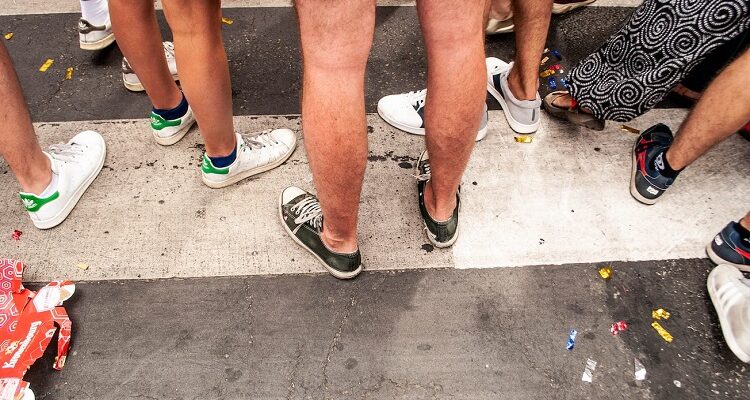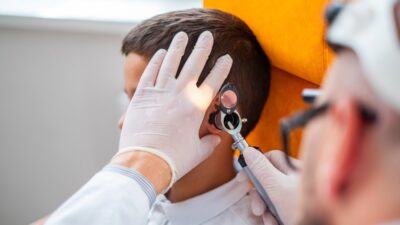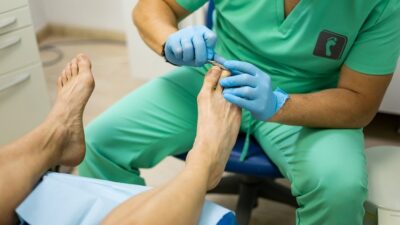Achy, swollen, and heavy legs can point toward blood circulation problems. You can develop varicose veins if blood pools in your lower extremities, causing unsightly and painful symptoms due to blood pools. You can be at risk of varicose veins Port Saint Lucie if you are overweight, obese, pregnant, or have a family history.
Table of Contents
What are varicose veins?
Varicose veins are twisted or coiled visible patterns in your veins, especially in your legs and feet. They can be unsightly and cause pain if they are severe. Usually, they can appear in blue, red, and purple colors.
Causes and symptoms
Varicose veins can occur due to chronic venous insufficiency, a condition characterized by weak valves. Valves are responsible for transporting blood from your tissues to your heart, but if they are weak and faulty, blood can pool in your extremities, especially the legs. Common symptoms of varicose veins include leg pain, swelling, soreness, itching, throbbing, night cramps, and fatigue.
What are the treatment options for varicose veins?
Your specialist can recommend treatment depending on the severity of your varicose veins. You can receive the following types of treatment methods for varicose veins.
Medical-grade compression stockings
If your varicose veins are mild and unsightly, you might need compression stockings to help improve blood flow and minimize their appearance. The stockings work by squeezing your veins, encouraging your valves to prevent the backflow of blood. However, if your varicose veins are painful, you might need more aggressive treatments.
Lifestyle changes
Lifestyle adjustments can help you improve blood circulation by avoiding sitting or standing for long periods. If you sit or stand for long hours, consider taking small breaks to stretch your legs or walk around to stimulate blood flow. If you are overweight, consider losing weight and increasing your physical activity levels to strengthen blood vessels and promote blood circulation.
Surgery and other procedures
You might undergo surgery if your varicose veins are severe and painful. Phlebectomy is a surgical procedure that involves the removal of the affected vein. During the procedure, your specialist will administer local anesthesia around the affected vein and make small incisions on the vein. The vein will collapse, and your doctor will remove the vein in small sections to avoid blood clots.
Other procedures include radiofrequency ablation and sclerotherapy. During a radiofrequency ablation procedure, your doctor will direct laser energy to the affected vein targeting its walls. The heat destroys the vein causing it to collapse and reroute blood to a healthier vein.
Sclerotherapy is a procedure of injecting a medical solution into a vein, making it shrink. While the treatment is effective, varicose veins can reoccur if you don’t adjust your lifestyle. Patients with a history of strokes are not good candidates for the treatment.
If you have painful or unsightly varicose veins, visit the offices of TLC Medical Group Inc. for treatment. The medical team will evaluate your condition and check for underlying diseases before offering treatment. Call or schedule your appointment online to improve your vascular health.










Comments